Understanding New Zealand Fishing Regulations: A Comprehensive Guide
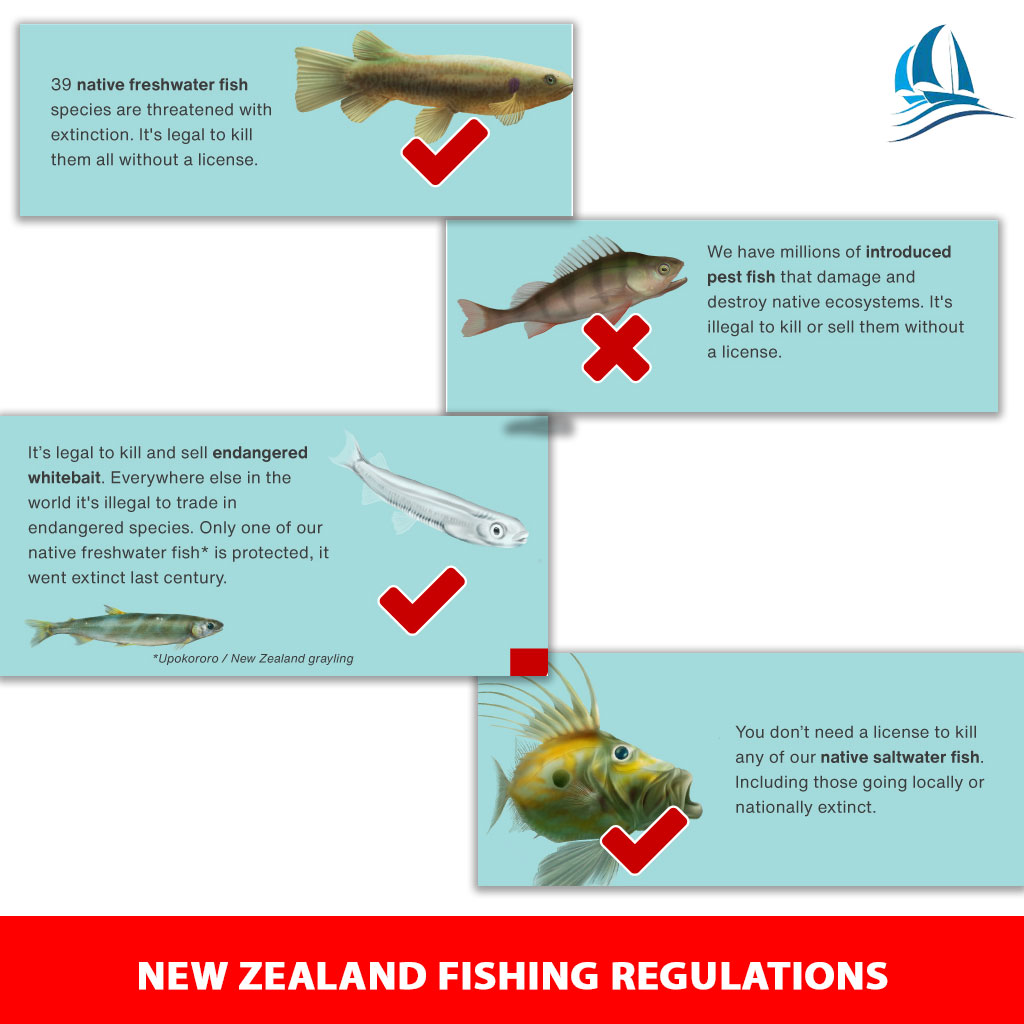
 Understanding New Zealand Fishing Regulations: A Comprehensive Guide
Understanding New Zealand Fishing Regulations: A Comprehensive GuideFishing in New Zealand is a beloved pastime and a vital part of the country’s culture and economy. However, to ensure sustainable practices and protect marine life, there are strict New Zealand fishing regulations that every angler must follow.
This guide will walk you through the essential NZ fishing rules, including fish sizes and limits, fishing seasons, and how to stay compliant with the law.
Why Are Fishing Regulations Important?
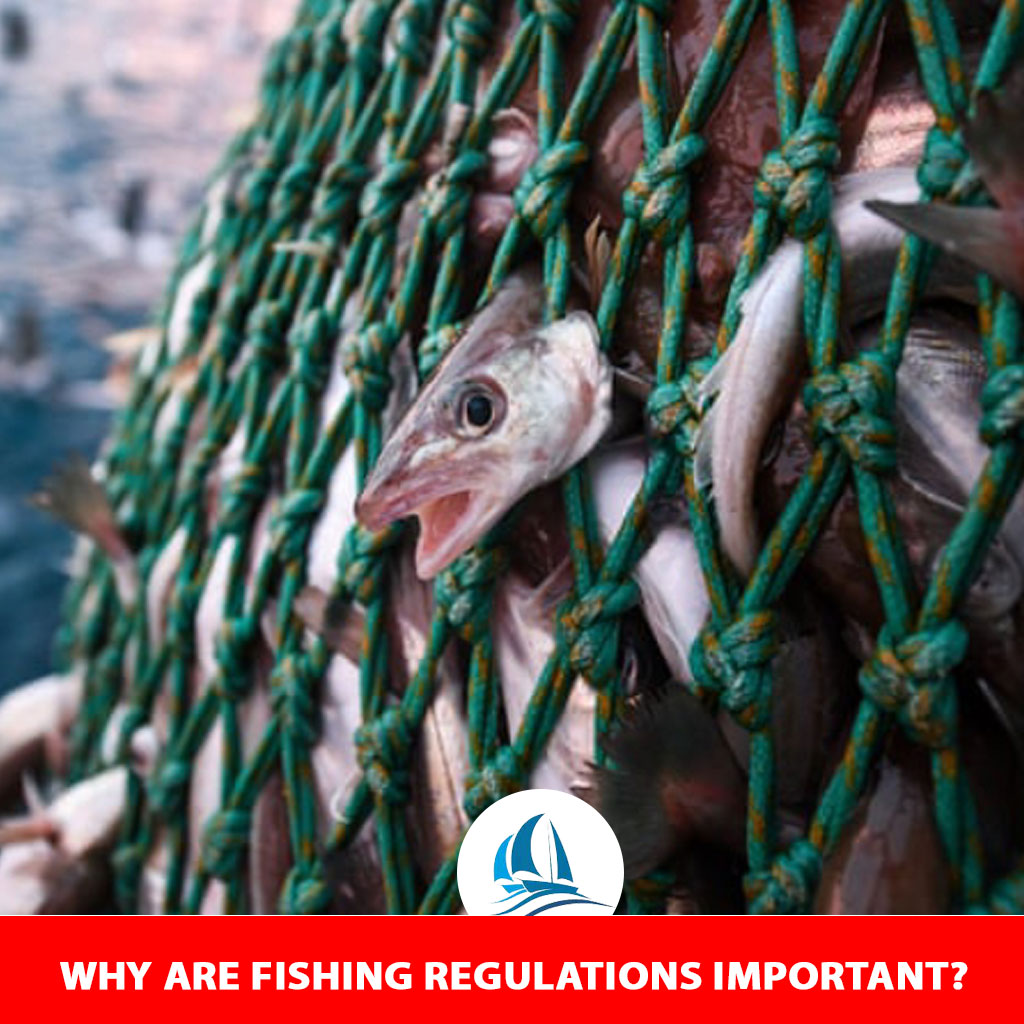
Fishing regulations in New Zealand are designed to conserve fish populations and protect marine ecosystems. These rules ensure that fishing activities are sustainable, allowing future generations to enjoy and benefit from New Zealand’s rich marine resources.
Overview of New Zealand Fishing Regulations

The fishing regulations in NZ cover a wide range of areas, from bag limits and fish sizes to fishing seasons and protected species. Here are some key aspects of these regulations:
1. Fish Sizes and Limits
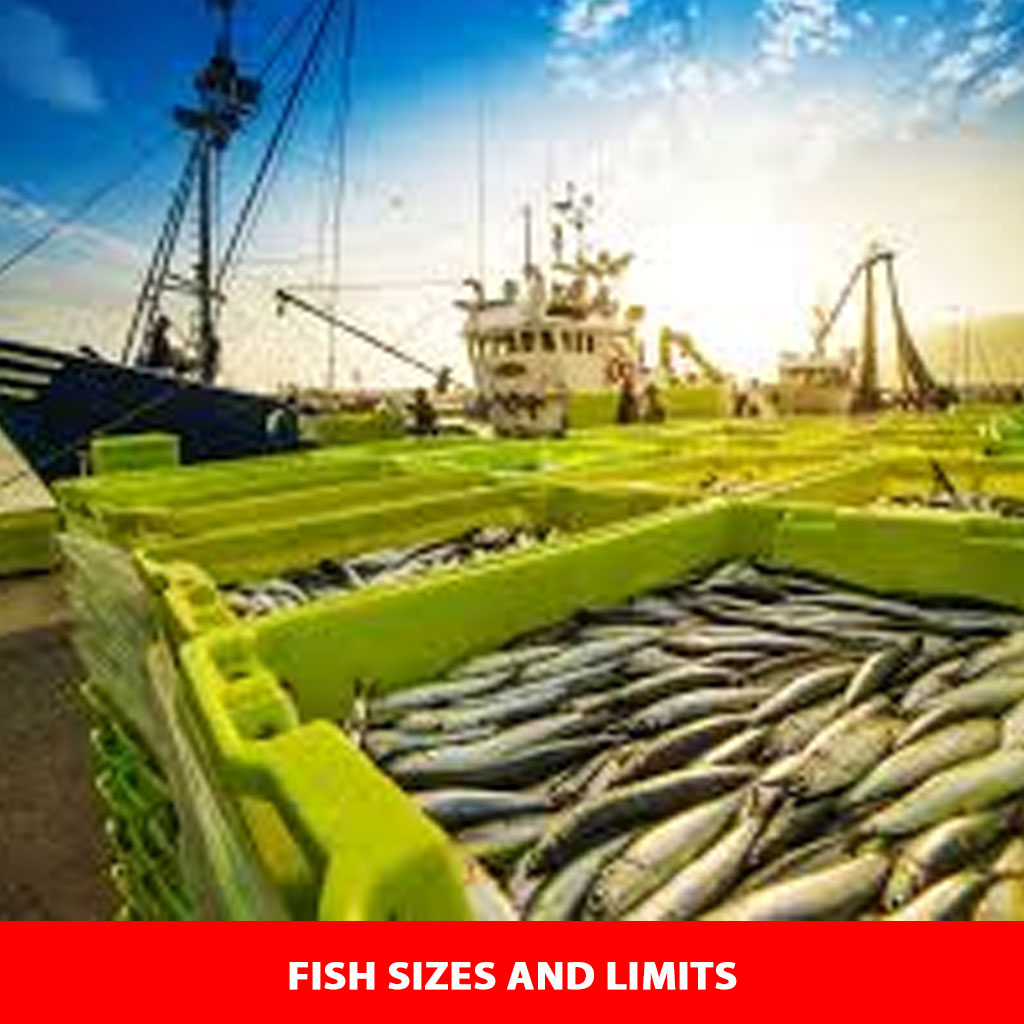
Understanding fish sizes and limits in NZ is crucial for any angler. These regulations specify the minimum legal size and the maximum number of fish you can catch and keep in a day, known as the bag limit.
- Minimum Size Limits: To protect juvenile fish and ensure they reach maturity, certain fish species have minimum size limits. For example, the legal size for snapper in most areas is 30 cm.
- Bag Limits: The maximum number of a particular fish species you can catch in a day. For example, the bag limit for snapper in the Auckland and Kermadec areas is 7 per person per day.
2. Fishing Seasons
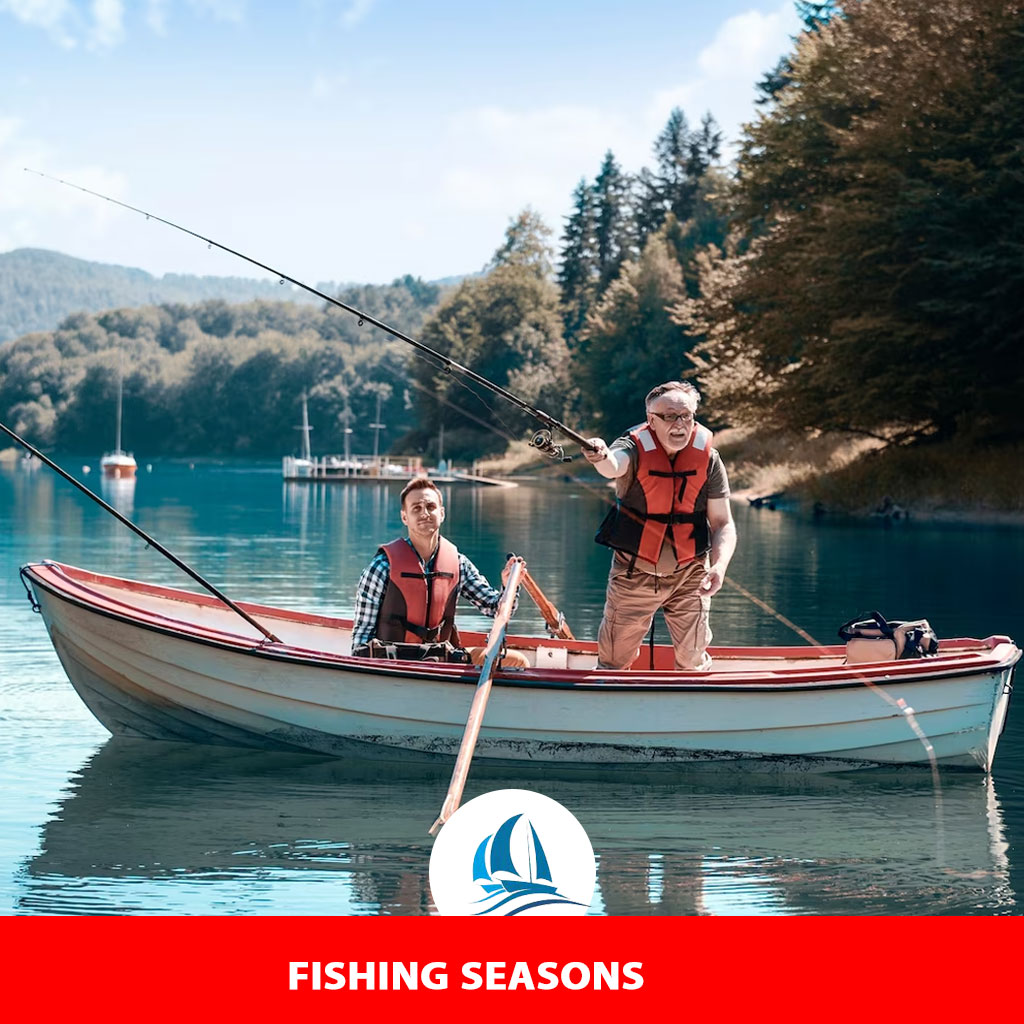
The New Zealand fishing season varies by species and location. Some fish have specific seasons during which they can be caught, while others are available year-round. For instance, trout fishing in many areas is typically open from October 1st to April 30th.
3. Fishing Methods and Gear Restrictions
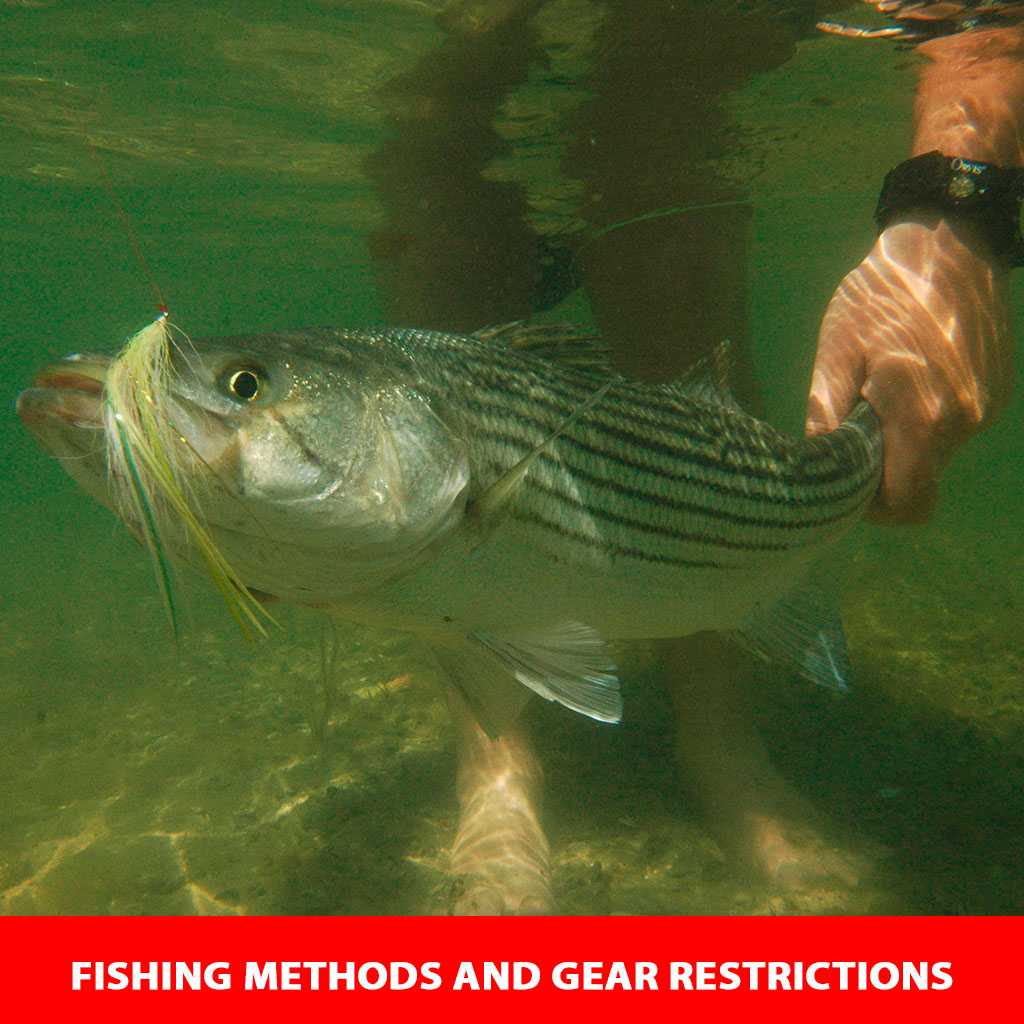
NZ fishing rules also regulate the methods and gear you can use. Certain types of gear, like set nets and spearfishing equipment, are restricted in some areas to protect marine life and habitats.
Key Fishing Regulations in New Zealand

To fish legally and responsibly, here are some key regulations you need to know:
1. Snapper Regulations
Snapper is one of the most popular recreational fish in New Zealand. The regulations for snapper include:
- Legal Size Limit: 30 cm in most areas.
- Bag Limit: 7 per person per day in the Auckland and Kermadec areas.
2. Blue Cod Regulations
Blue cod is another favorite among anglers. The regulations for blue cod include:
- Legal Size Limit: 33 cm in most areas.
- Bag Limit: Varies by region, but generally 10 per person per day.
3. Rock Cod Regulations
Rock cod, also known as red cod, has specific regulations to ensure sustainable fishing:
- Legal Size Limit: No minimum size limit.
- Bag Limit: 10 per person per day.
Freshwater Fishing Licence Requirements
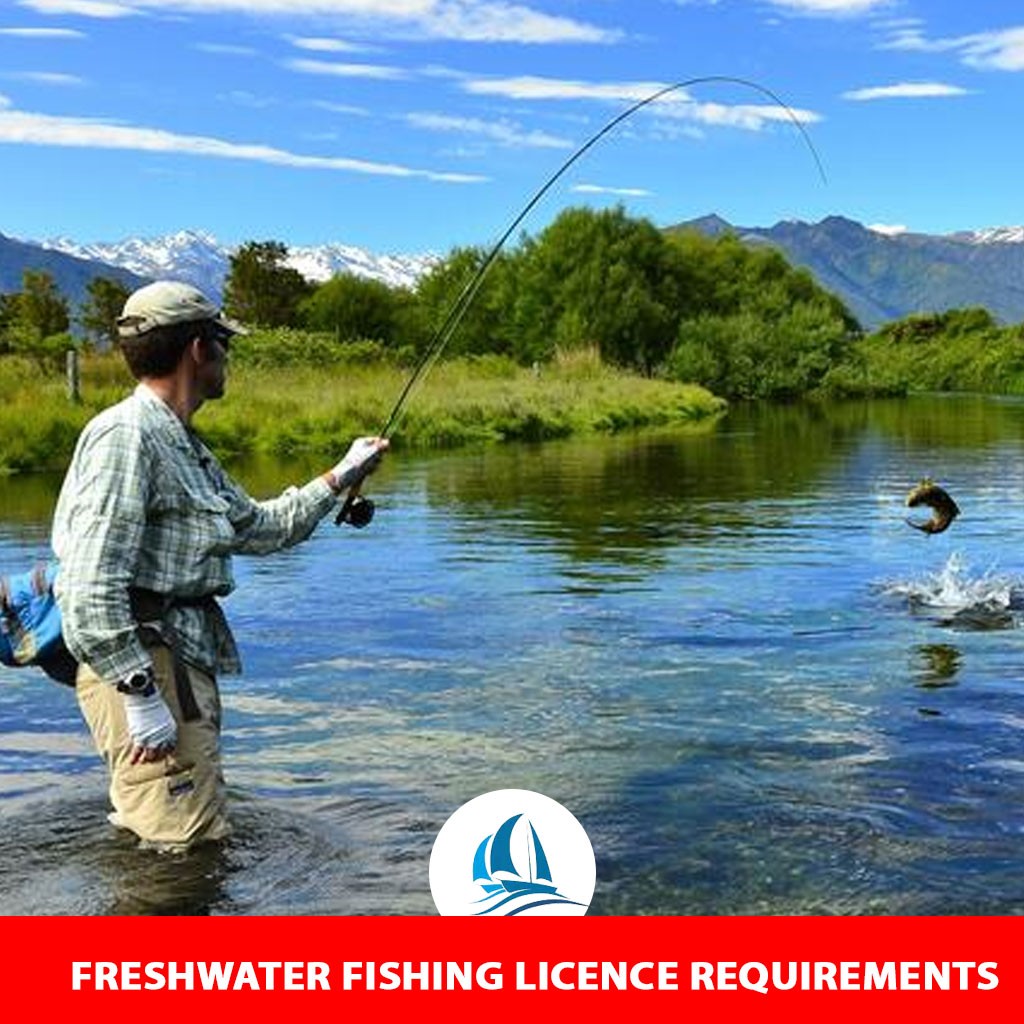
If you plan to fish in freshwater, such as rivers and lakes, you need a freshwater fishing license. This license is mandatory for fishing trout and salmon in New Zealand’s freshwater bodies.
1. Types of Freshwater Fishing Licences
- Full Season Licence: Valid for the entire fishing season (October 1st to September 30th).
- Short-Term Licences: Available for 24 hours, 48 hours, or seven days.
- Family Licence: Covers two adults and up to four children.
2. Where to Buy a Licence
You can purchase a freshwater fishing license online through Fish & Game NZ, at local sporting goods stores, or at Fish & Game offices.
Using the NZ Fishing Rules App
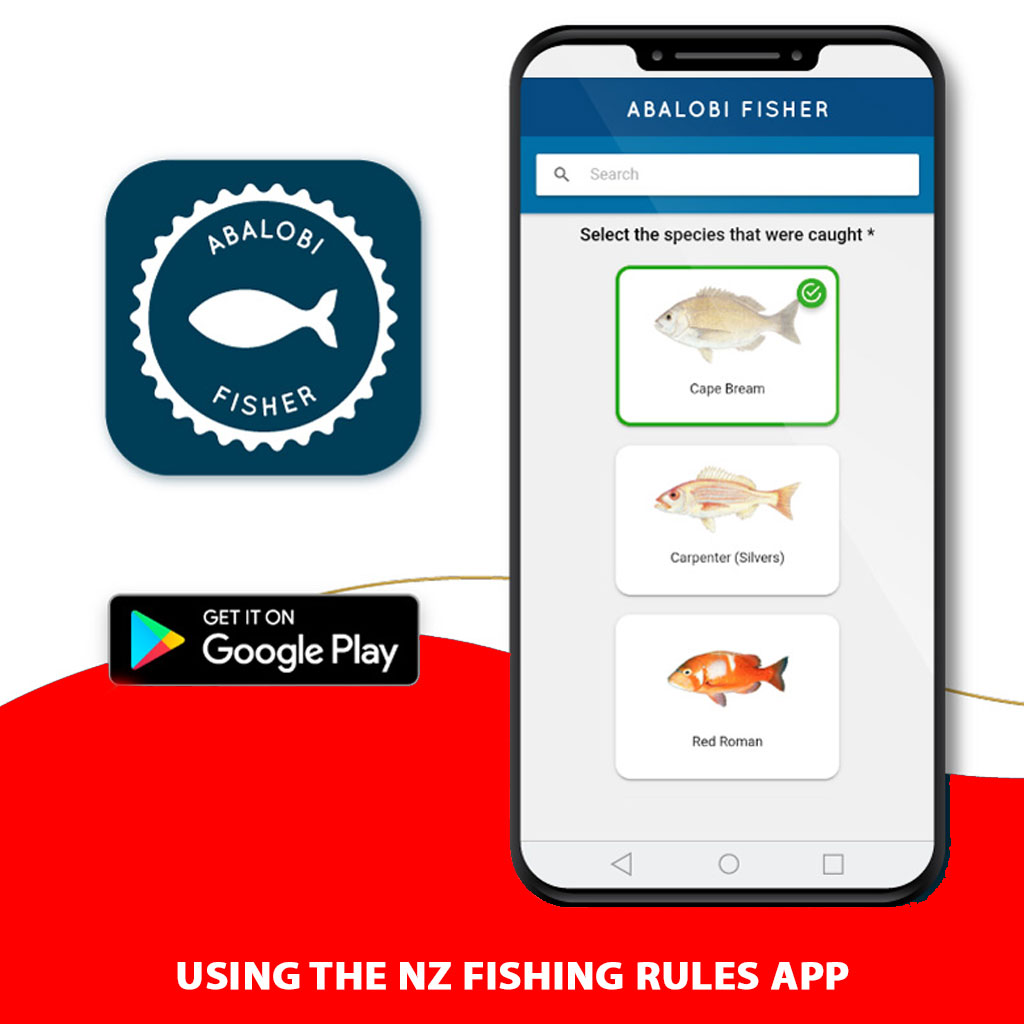
The NZ Fishing Rules App is a handy tool that helps anglers stay compliant with New Zealand fishing regulations. The app provides up-to-date information on fish sizes, bag limits, and fishing seasons for different regions.
1. Key Features of the App
- Species Identification: Helps you identify fish species and their legal size limits.
- Regulation Updates: Provides the latest updates on fishing regulations.
- Location-Specific Rules: Offers regulations based on your current location.
2. How to Download the App
The NZ Fishing Rules App is available for free on both Android and iOS devices. You can download it from the Google Play Store or the Apple App Store.
MAF NZ Fisheries and Catch Limits
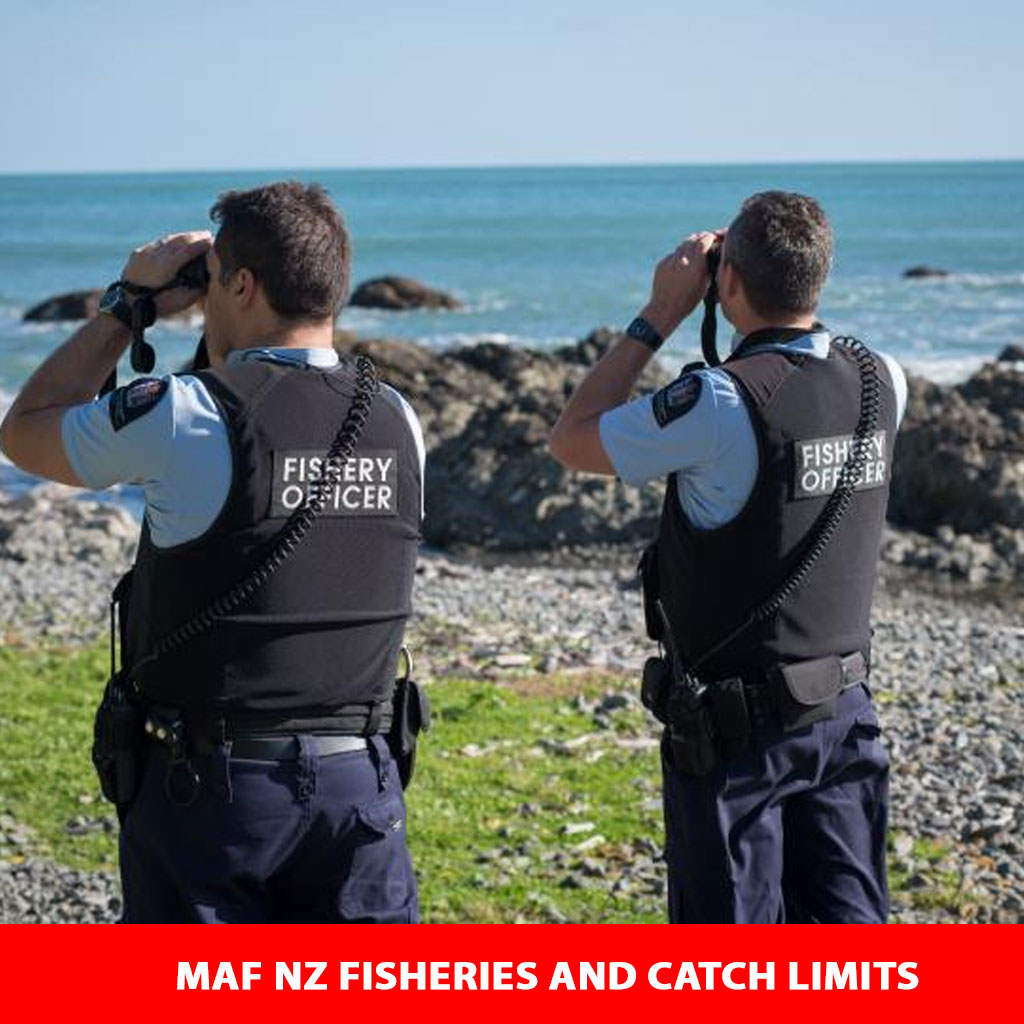
The Ministry for Primary Industries (MPI), formerly known as the Ministry of Agriculture and Fisheries (MAF), oversees NZ fisheries and enforces catch limits to ensure sustainable fishing practices.
1. Role of MPI
MPI monitors fish populations, sets catch limits, and ensures compliance with fishing regulations. They conduct regular inspections and patrols to enforce the rules.
2. Reporting Illegal Fishing
If you witness illegal fishing activities, you can report them to MPI through their website or by calling their hotline. Reporting helps protect New Zealand’s marine resources.
Fishing During Level 4 Restrictions
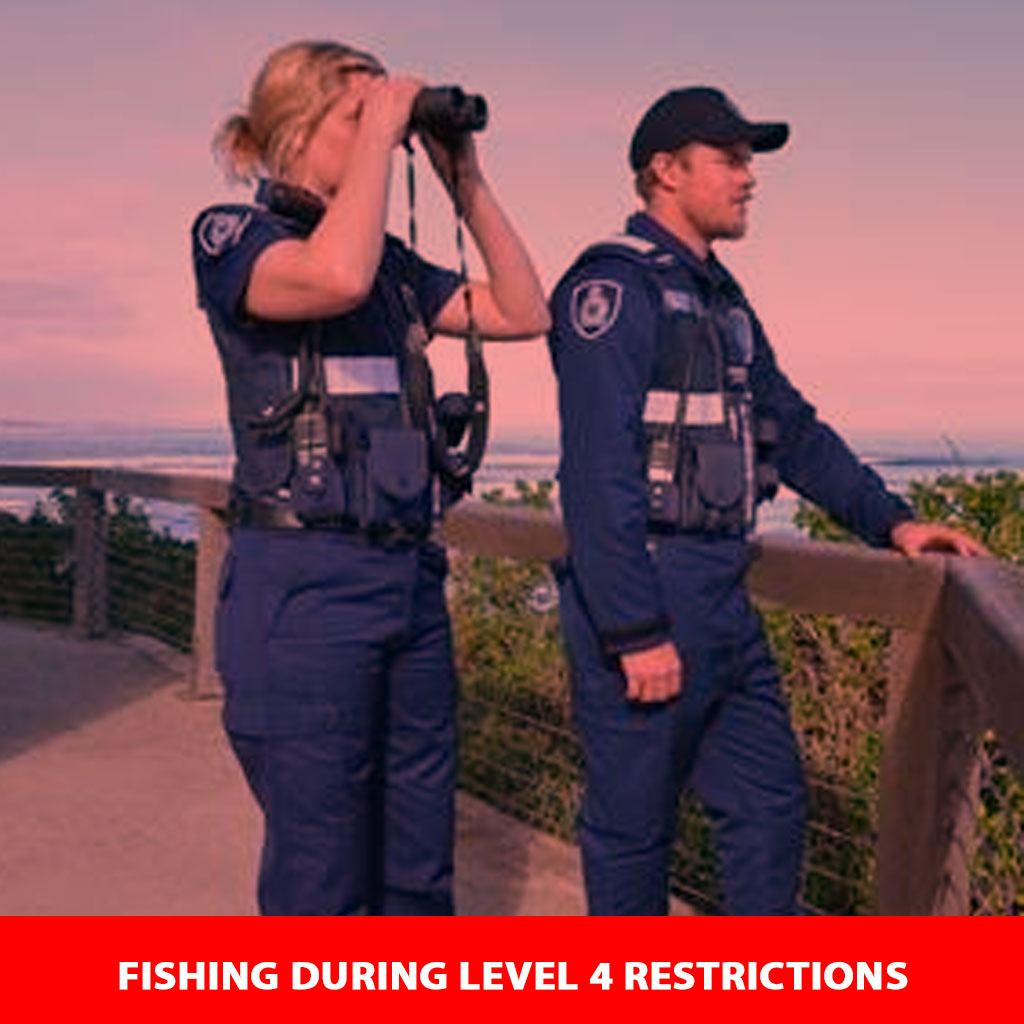
During Level 4 restrictions, such as those implemented during the COVID-19 pandemic, fishing activities may be limited. It’s essential to stay informed about current restrictions and comply with any level 4 fishing rules.
1. General Guidelines
- Local Fishing Only: Stay within your local area and avoid traveling to fish.
- Solo or Household Fishing: Fish alone or with members of your household bubble.
- No Boat Fishing: In many cases, boat fishing is restricted to minimize risk and contact.
Personal Anecdote: My Experience with NZ Fishing Regulations

I remember my first fishing trip in New Zealand vividly. Armed with my newly acquired knowledge of NZ fishing rules, I set out to catch snapper off the coast of Auckland. The thrill of reeling in my first snapper, which was just over the legal size limit, was unforgettable. Knowing that I was fishing sustainably and legally made the experience even more rewarding. It was a perfect day spent respecting the environment and enjoying New Zealand’s stunning marine life.
Step-by-Step Guide to Complying with NZ Fishing Regulations
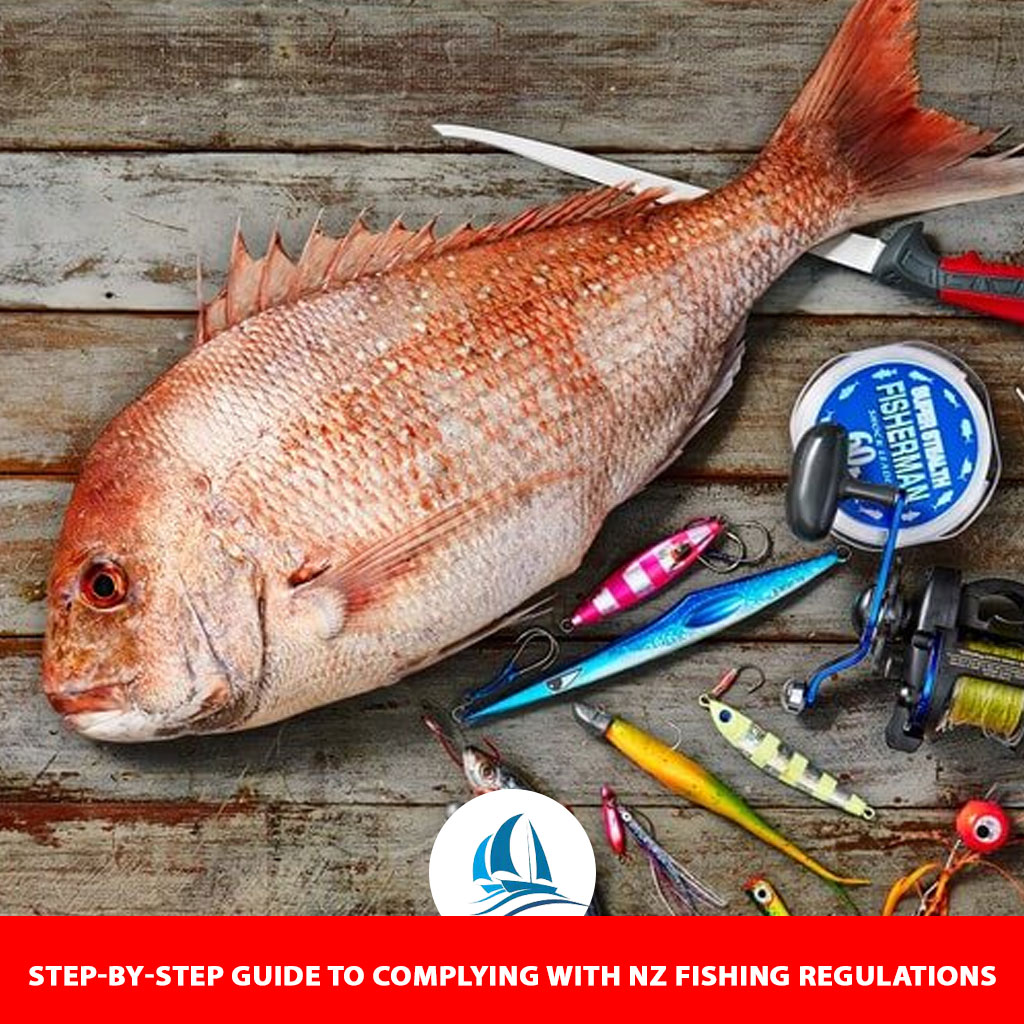
Step 1: Learn the Regulations
Familiarize yourself with the NZ fishing regulations for the area you plan to fish in. Use resources like the NZ Fishing Rules App and the MPI website for accurate information.
Step 2: Obtain the Necessary Licences
Ensure you have the correct fishing license for your activity. Purchase a freshwater fishing license for trout or salmon fishing and follow any local licensing requirements for saltwater fishing.
Step 3: Use Legal Gear
Check the regulations for permissible fishing gear and methods. Avoid using prohibited gear such as set nets in restricted areas.
Step 4: Respect Size and Bag Limits
Measure your catch to ensure it meets the legal size limit and adhere to the bag limits for the species you’re targeting. Release any undersized fish safely back into the water.
Step 5: Report Illegal Activities
Help protect New Zealand’s marine resources by reporting any illegal fishing activities to MPI. Your vigilance can make a significant difference in conservation efforts.
Conclusion

Understanding and complying with New Zealand fishing regulations is essential for any angler who wants to fish responsibly and sustainably.
By following the guidelines on fish sizes, bag limits, and fishing seasons, you can help protect marine life and ensure that New Zealand remains a world-class fishing destination.
Whether you’re fishing for snapper off the coast or trout in a pristine river, these regulations are designed to preserve the beauty and bounty of New Zealand’s waters for future generations.
For more detailed information and to download the NZ Fishing Rules App, visit the Ministry for Primary Industries (MPI) website. Happy fishing!


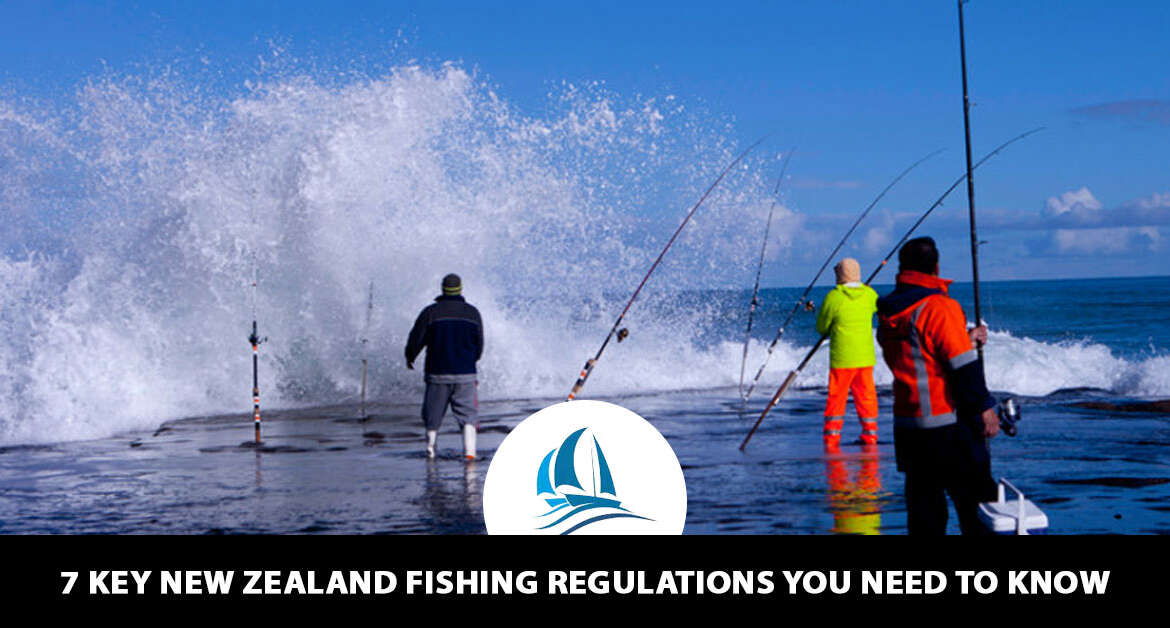
Leave a reply